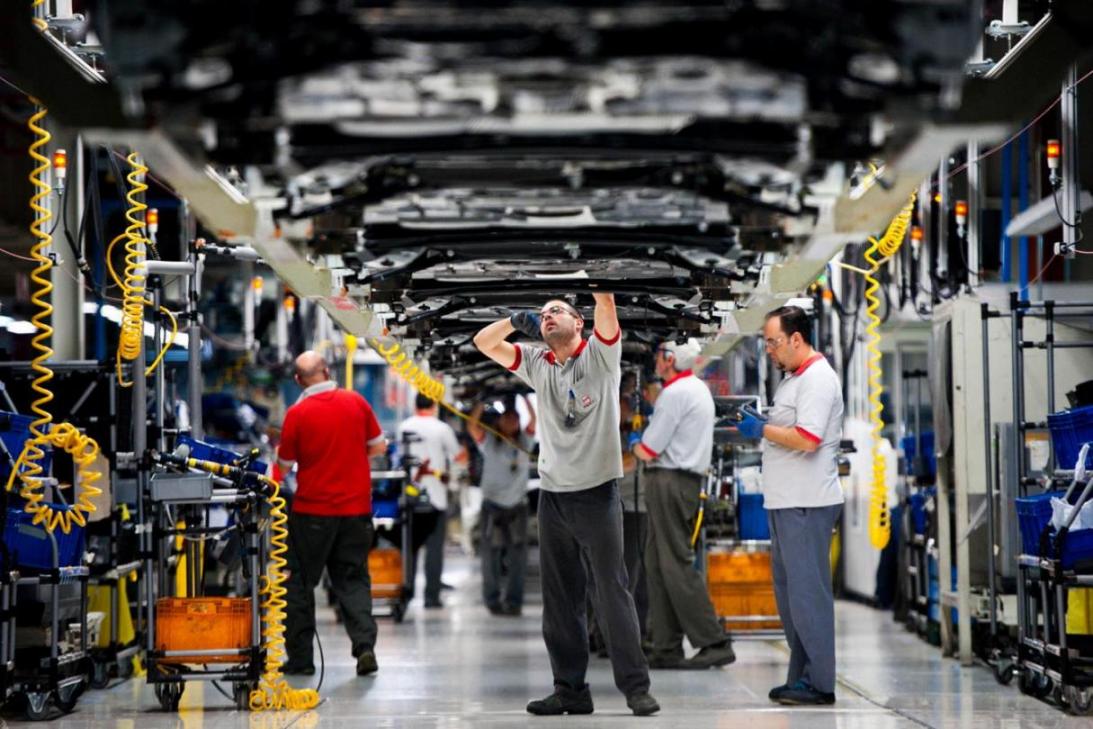Largely lost amid the frantic scramble after drug lord Chapo Guzman’s dramatic escape, one of the biggest leaps of faith for the Mexican economy landed with a flop.
At the first auction last month to sell the rights to drill for oil in Mexico—as the country opens its oil industry to foreign investment for the first time in eight decades—the government sold just two of its 14 blocks. The disappointing showing for President Enrique Pena Nieto’s signature economic reform prompted the government this week to modify the terms of the contracts for next month’s auction, and added to what has been a noticeable string of bad news for Latin America’s second-largest economy, NewsNow reported.
Mexico has been held up as one of the economic bright spots among emerging market economies, as Pena Nieto’s government has pushed through constitutional reforms aimed at making major industries such as oil and telecommunications more competitive. But in recent months, Mexican newspapers have kept running banner headlines of economic gloom: the value of the peso has plummeted to record lows against the dollar, growth rates have shrunk to dwarfish size, and the only things that seem to be getting bigger are the poverty rate and the gap between rich and poor.
“With all this financial volatility we have seen with the peso, the failure of the round-one [oil] contracts and low growth, the economy continues to suffer from the chronic anemia of the past,” said Alfredo Coutino, director for Latin America at Moody’s Analytics. “I do not see Mexico growing as the government expected at the beginning of this administration.”
Pena Nieto’s strategists had predicted that the structural reforms in the oil and telecom industries would produce growth rates of 5 to 6%, but expectations keep dropping. While preparing this year’s budget, the government predicted growth rates of 3.7%—while so far this year growth has hobbled along at 1.6%.
“We have an economy that practically has not grown in two and a half years,” said Jonathan Heath, an economics professor at the Metropolitan Autonomous University in Mexico City. “And that has bothered a lot of people, because the government promised that we were going to grow.”
While reforms may have contributed to lower electricity and telecom prices, and kept inflation low, their other growth-producing benefits have yet to materialize.
Currency Problems
The peso has also been troubling. Mexico is not alone with its currency problems. World economic uncertainty, notably exemplified by the crisis in Greece, has boosted the US dollar against many emerging market currencies.
But Mexico has painful memories of a peso crisis in 1994, which led to hyper-inflation and capital flight, and today’s devaluing currency has caused concern and skittishness in the financial markets. Compared with the middle of last year, when the peso was trading at about 13 to the dollar, it has now surpassed 16.
“We all remember the catastrophic devaluation of ’95,” said Armando Sanchez Vargas, an economic researcher at the National Autonomous University of Mexico. “But the conditions aren’t the same now.”
Slow growth has been a problem around Latin America. The region averaged just 1.3% GDP growth last year, and that is projected to be even lower this year.
Also troubling is the increase in poverty and inequality in Mexico. A recent biannual report from the government agency, Coneval, found that the country’s poverty rate—set at $158 per month—reached 46.2% of the population last year, an increase from 45.5% in 2012. “Over two decades, we have not been capable of reducing poverty,” Esquivel said. “We continue to be a country where the economy grows little, and that little amount of growth is not distributed in an equal way.”


